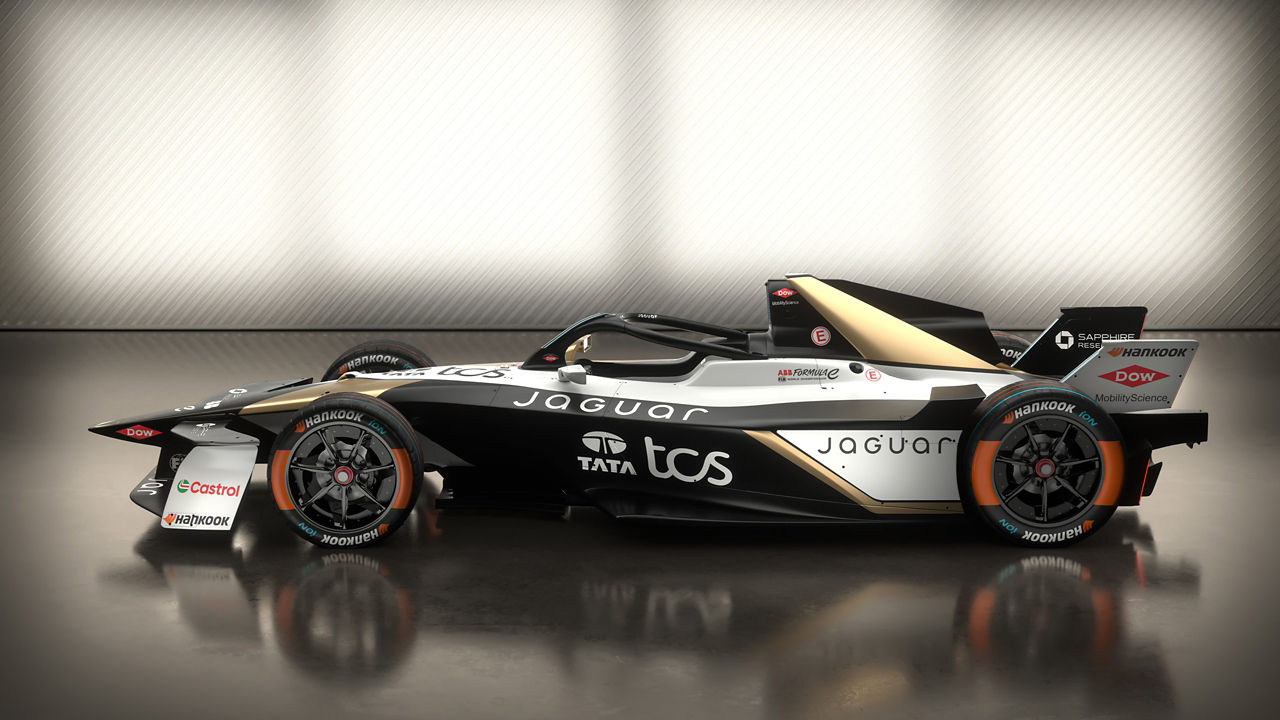Jaguar’s long and illustrious history in motorsport has forever informed the evolution of our road cars. By competing in Formula E, we continue this legacy and steer the course for our future electric vehicles.
Our Racing Cars

Jaguar XK120
Date: 1948 - 1954
Top Speed: 124.6 mph / 200.5 km/h
Engine capacity: 3,442 cc / 201 ci
Power: 160 bhp / 119 kW
Fact: XK120 is the world's fastest production car at launch.

Jaguar C-TYPE
Date: 1951 - 1953
Top Speed: 144 mph / 231.7 km/h
Engine capacity: 3,442 cc / 210 ci
Power: 207 bhp / 154 kW
Fact: C-Type disc brakes became an automotive standard.

Jaguar D-TYPE
Date: 1954 - 1957
Top Speed: 162 mph / 260.7 km/h
Engine capacity: 3,442 cc / 210 ci
Power: 250 bhp / 186 kW
Fact: D-Type won at the Le Mans in 1955, 1956, 1957.

Jaguar XJS
Date: 1975 - 1996
Top Speed: 153 mph / 246.2 km/h
Engine capacity: 4,235 cc / 258 ci
Power: 285 bhp / 212 kW
Fact: XJS won at Spa 24 Hours 1983.

Jaguar XJR
Date: 1983 - 1991
Top Speed: 229 mph / 368.5 km/h
Engine capacity: 6,995 cc / 426 ci
Power: 750 bhp / 559 kW
Fact: XJR-12 won first and second places at Le Mans 1990.

Jaguar R1 – R5
Date: 2000 - 2004
Top Speed: 194 mph / 312.2 km/h
Engine capacity: 2,998 cc / 464 ci
Power: 770 bhp / 574 kW
Fact: Eddie Irvine and Mark Webber drove for Jaguar's F1 team.

Jaguar I-TYPE 1
Date: 2016 - 2017
Top Speed: restricted to 140 mph / 225.3 km/h
Engine capacity: N/A
Power: 200 kW, equivalent to 270 bhp
Fact: Jaguar returned to racing in Formula E Season 3, 2016/17.

Jaguar I-TYPE 2
Date: 2017 - 2018
Top Speed: restricted to 140 mph / 225.3 km/h
Engine capacity: N/A
Power: 200 kW, equivalent to 270 bhp
Fact: Jaguar scored its first podium and first pole position with the I‑TYPE 2 in Season 4, 2017/18.
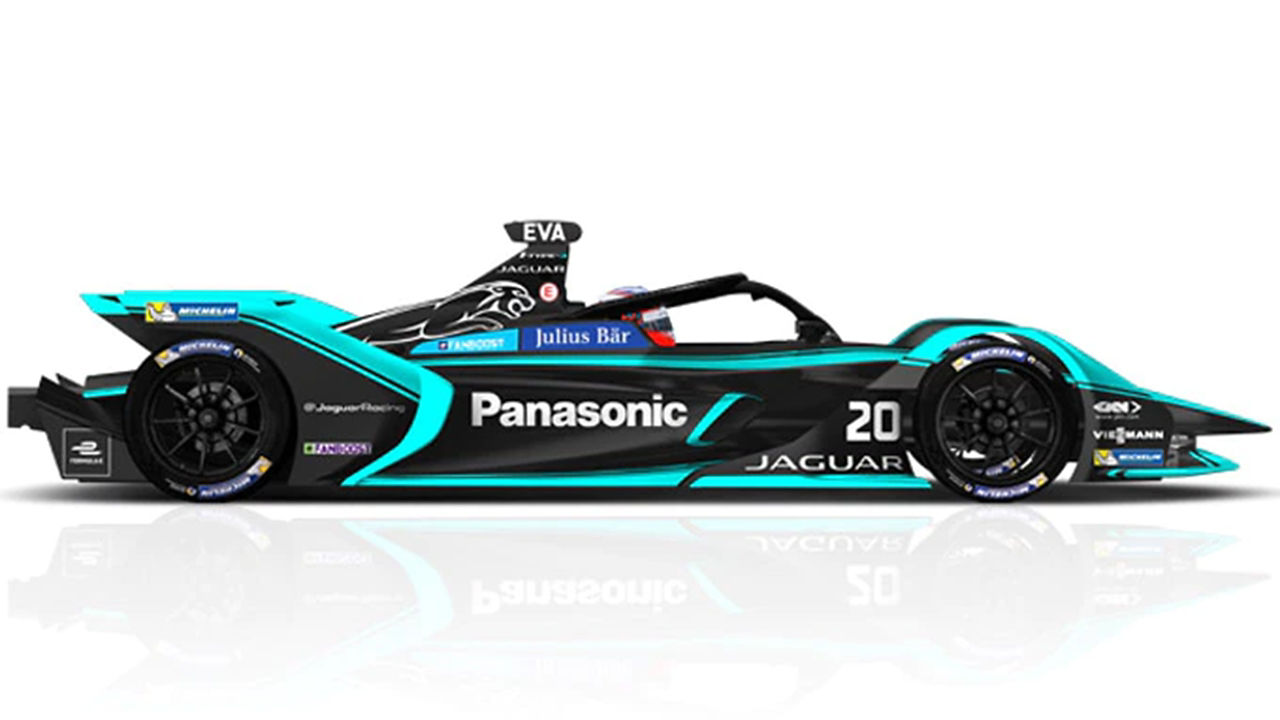
Jaguar I-TYPE 3
Date: 2018 - 2019
Top Speed: 156 mph / 250 km/h
Battery capacity: 52 kWh
Power: 250 kW, equivalent to 335 bhp
Fact: The Jaguar I-TYPE 3 secured the team’s first win in Formula E at the Rome E-Prix in 2019 - Jaguar’s first international motorsport victory since 1991.
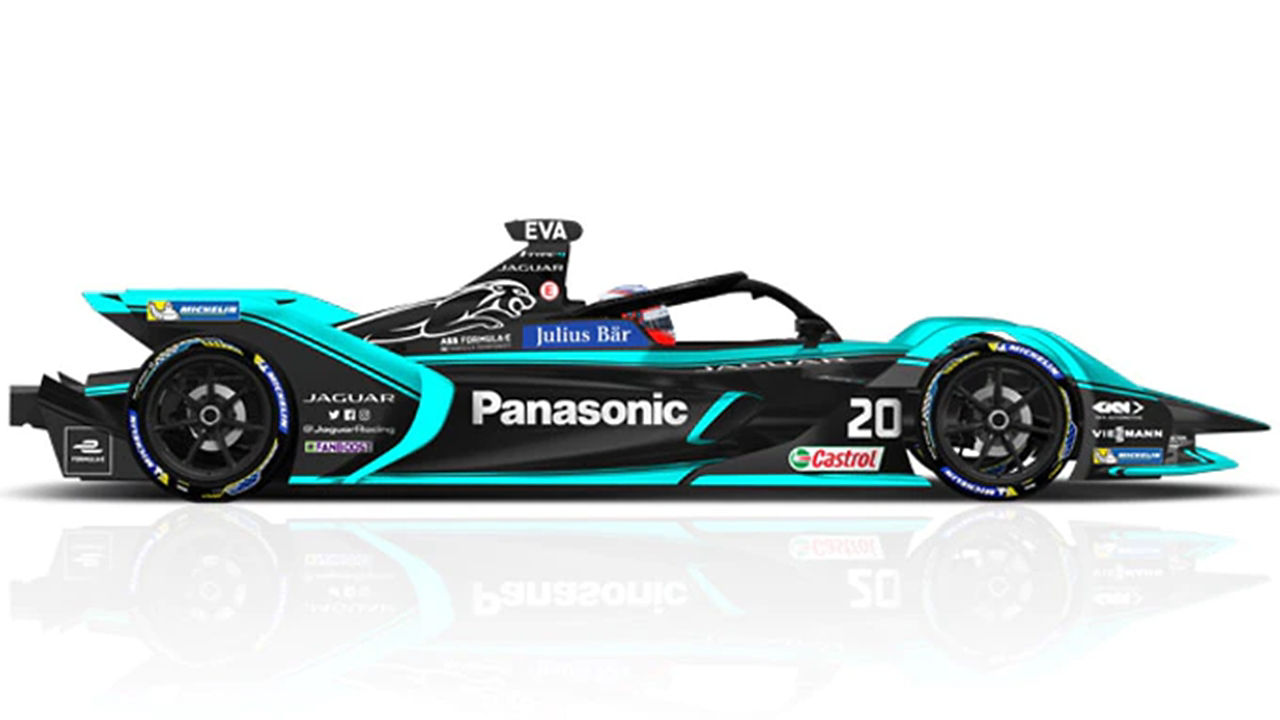
Jaguar I-TYPE 4
Date: 2019 - 2020
Top Speed: 174 mph / 280 km/h
Battery capacity: 52 kWh
Power: 250 kW, equivalent to 335 bhp
Fact: The Jaguar I-TYPE 4 features the lightest and most efficient powertrain Jaguar Racing had ever produced which took a dominate victory in Mexico City and Pole Position and a podium in Santiago.

Jaguar I-TYPE 5
Date: 2021 – 2022
Top Speed: 174 mph / 280 km/h
Battery Capacity: 54 kWh
Power: 250 kW, equivalent to 335 bhp
Fact: The powertrain of the Jaguar I-TYPE 5 was developed in-house with a state-of-the-art invertor that featured 24 carat gold due to its highly conductive properties.
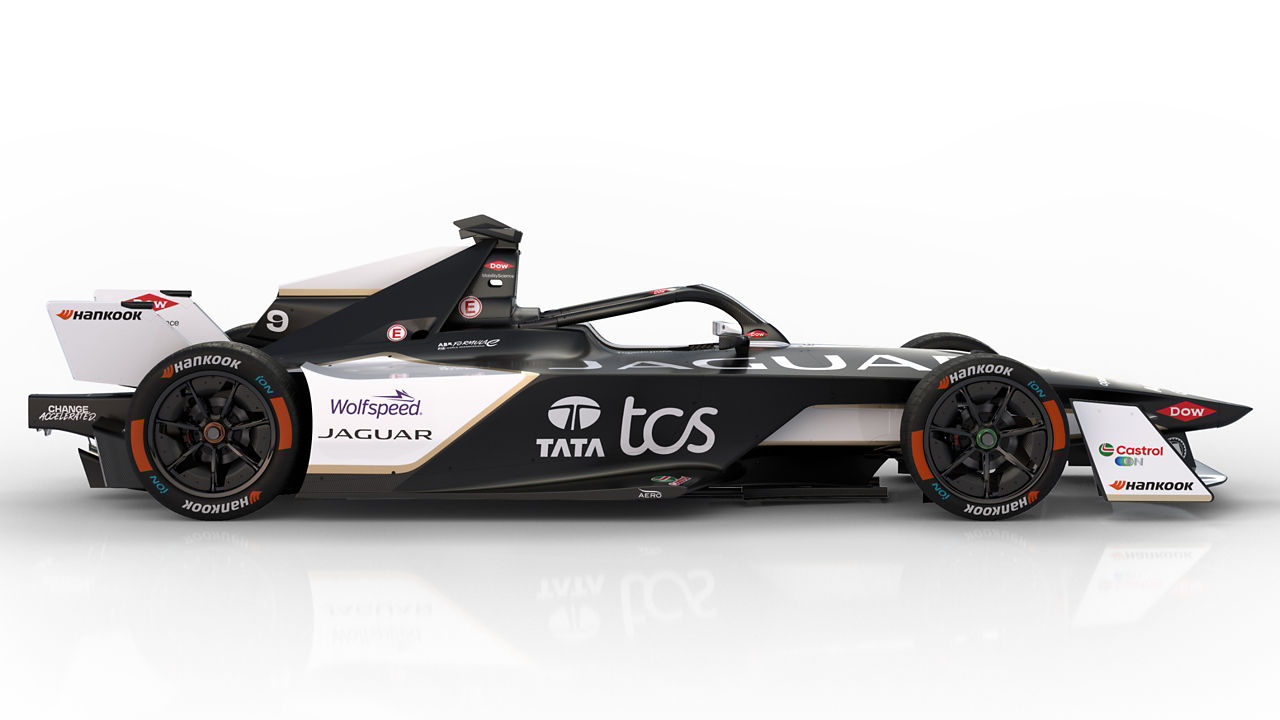
Jaguar I-TYPE 6
Date: 2023-2024
Top Speed: 200 mph / 320 km/h
Battery Capacity: 47 kWh
Power: 350 kW equivalent to 470 bhp
Fact: The Jaguar I-TYPE 6 is the most advanced and efficient electric Jaguar race car ever built and features regenerative braking so powerful it has no conventional rear brakes.
Our Racing Milestones

Jaguar XK120
1948-1954 – SILVERSTONE & LE MANS
An all-new sports car, and the test-bed for Jaguar’s revolutionary XK engine, the XK120 is ranked the fastest production car in the world. In 1949, the XK120 takes the chequered flag at Silverstone and a year later, three XK120s make their debut at Le Mans. It’s the beginning of a new era in motor racing.

Jaguar C-TYPE
1951-1953 – LE MANS
In 1951, aircraft engineer Malcolm Sayer joins Jaguar and brings with him aeronautical discipline and excellence. His first collaboration, the C-Type, wins at Le Mans and second-car driver Stirling Moss breaks the lap record. In 1953, the C-Type wins again at Le Mans and takes three of the top four places.
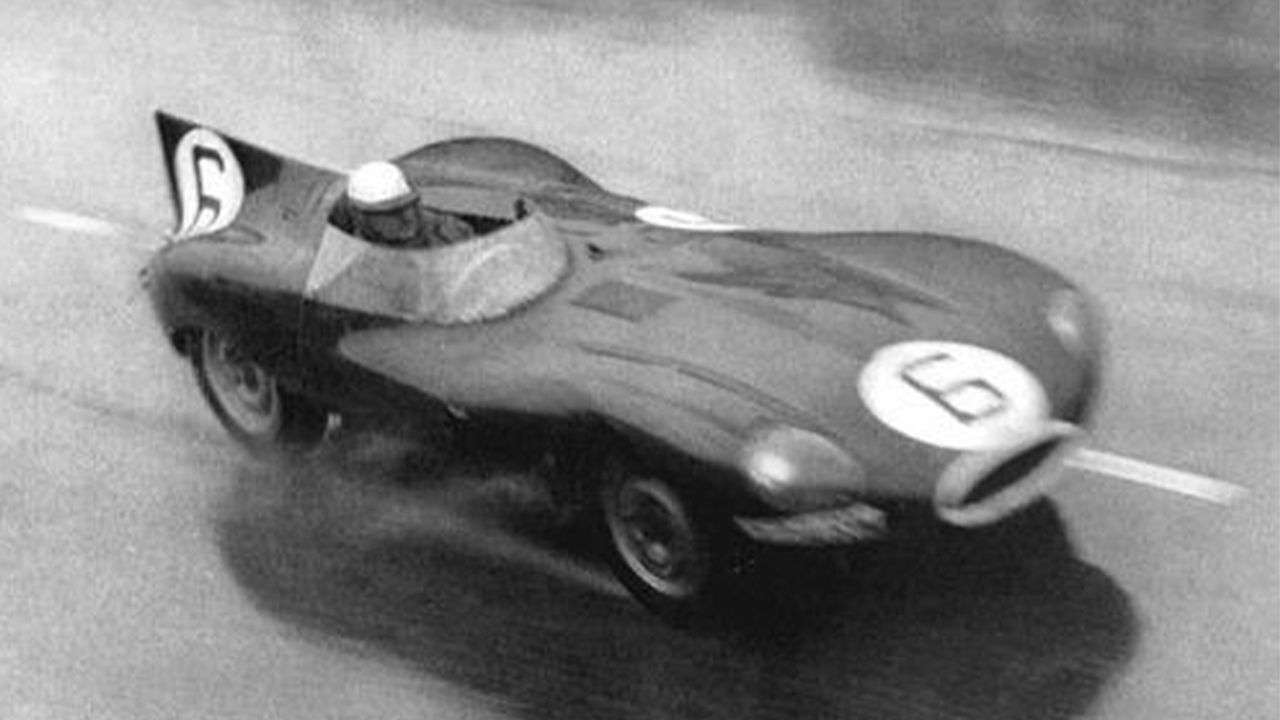
Jaguar D-TYPE
1954-1957 – LE MANS
Bad weather robs the D-Type of victory at Le Mans in 1954, even after recording a shattering top speed of 170 mph. However, the streamlined car fights back to win in 1955, 1956 and 1957 – a year in which it takes five of the top six places. The D-Type remains to this day one of the most successful racing cars ever built.

Jaguar XJS
1975-1996 – ETCC & SPA 24 HOURS
In 1982, under the banner of TWR, British racing driver Tom Walkinshaw enters a team of V12 XJS’s into the European Touring Car Championship and claims several wins in the process. Walkinshaw goes on to take the 1984 ETCC Drivers’ Championship and in the same year wins the prestigious Spa 24 Hours.

Jaguar XJR-9
1983-1991 – DAYTONA 24 HOURS & LE MANS
The XJR closed-cockpit cars prove formidable on the world’s long distance endurance circuits – and non more so than the 1988 XJR-9. The V12-powered supercar is driven to victory at Daytona 24 Hours and then Le Mans, where driver Martin Brundle and Jaguar respectively land the Drivers’ and the Manufacturers’ Championships.
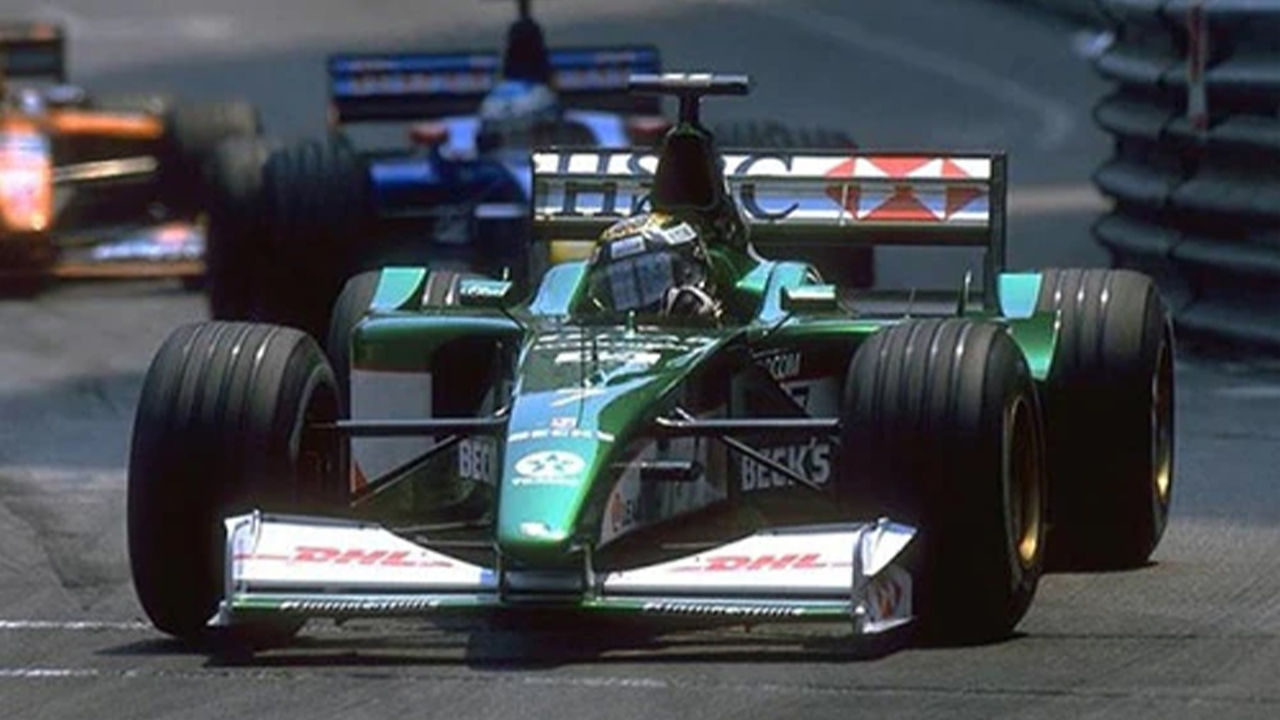
Jaguar R1 to R5
2000-2004 – FORMULA 1
Jaguar’s foray into Formula 1 sees ex-Ferrari driver Eddie Irvine take a number of podium places during his tenure. The team also serves as a training-ground for acclaimed Australian driver Mark Webber. Owned and engineered by Ford, Jaguar develops three cars that all run on the Cosworth V10 engine.

Jaguar I-TYPE 1
2016 – FORMULA E
Inspired by our racing heritage, and powered by a collective of established racing engineers and super-bright technicians, Jaguar Racing and the incredible I-TYPE 1 entered Formula E: courageous, competitive and raring to race.

Jaguar I-TYPE 2
2017 - FORMULA E
The introduction of the I-TYPE 2 saw Jaguar Racing record their most successful Formula E season to date, with numerous top ten finishes. Purpose built for gruelling city circuits, the I-TYPE 2 delivered up to 200kw (270bhp) and a 0-60mph (0-100km/h) in a blistering 2.9 seconds.

Jaguar I-TYPE 3
2018-2019 – FORMULA E
The Jaguar I-TYPE 3, along with New Zealander Mitch Evans made history for Panasonic Jaguar Racing, claiming the team’s first ever ABB FIA Formula E win at the Rome E-Prix in April 2019 and Jaguar’s first international motorsport victory since 1991.

Jaguar I-TYPE 4
2019-2020 – FORMULA E
The Jaguar I-TYPE 4 featured the lightest and most efficient powertrain Jaguar Racing had ever produced, with a top speed of 280 km/h. It took a dominant victory in Mexico City and Pole Position and a podium in Santiago. The season concluded with an action packed 6 races across 9 days in a closed circuit at the historic Berlin Tempelhof airport in Germany. Panasonic Jaguar Racing finished strong in P7 in the teams’ standings of the Championship.

Jaguar I-TYPE 5
2021–2022 – FORMULA E
The Jaguar I-TYPE 5 featured a state-of-the-art powertrain, developed in-house, which focussed on efficiency gains and reduced weight. In the 2022 season, the Jaguar I-TYPE 5 secured four wins, seven podiums, and a pole position in Monaco. Mitch Evans made history with a double win in Rome.

Jaguar I-TYPE 6
2023-2024 – FORMULA E
The Jaguar I-TYPE 6 was the first FIA Formula E car with both front and rear powertrains, doubling regenerative capacity and eliminating rear brakes. In the 2023 ABB FIA Formula E World Championship, Jaguar TCS Racing finished runners-up with 292 points, 11 podiums, four wins, and three pole positions.

Jaguar I‑TYPE 7
The fastest accelerating FIA accredited single-seater race car. The Jaguar I-TYPE 7 enters the track with an all-new, cutting-edge powertrain and all‑wheel drive. It can reach 60mph in 1.82 seconds (0-100kmh in 1.86-seconds).
Keep Exploring




